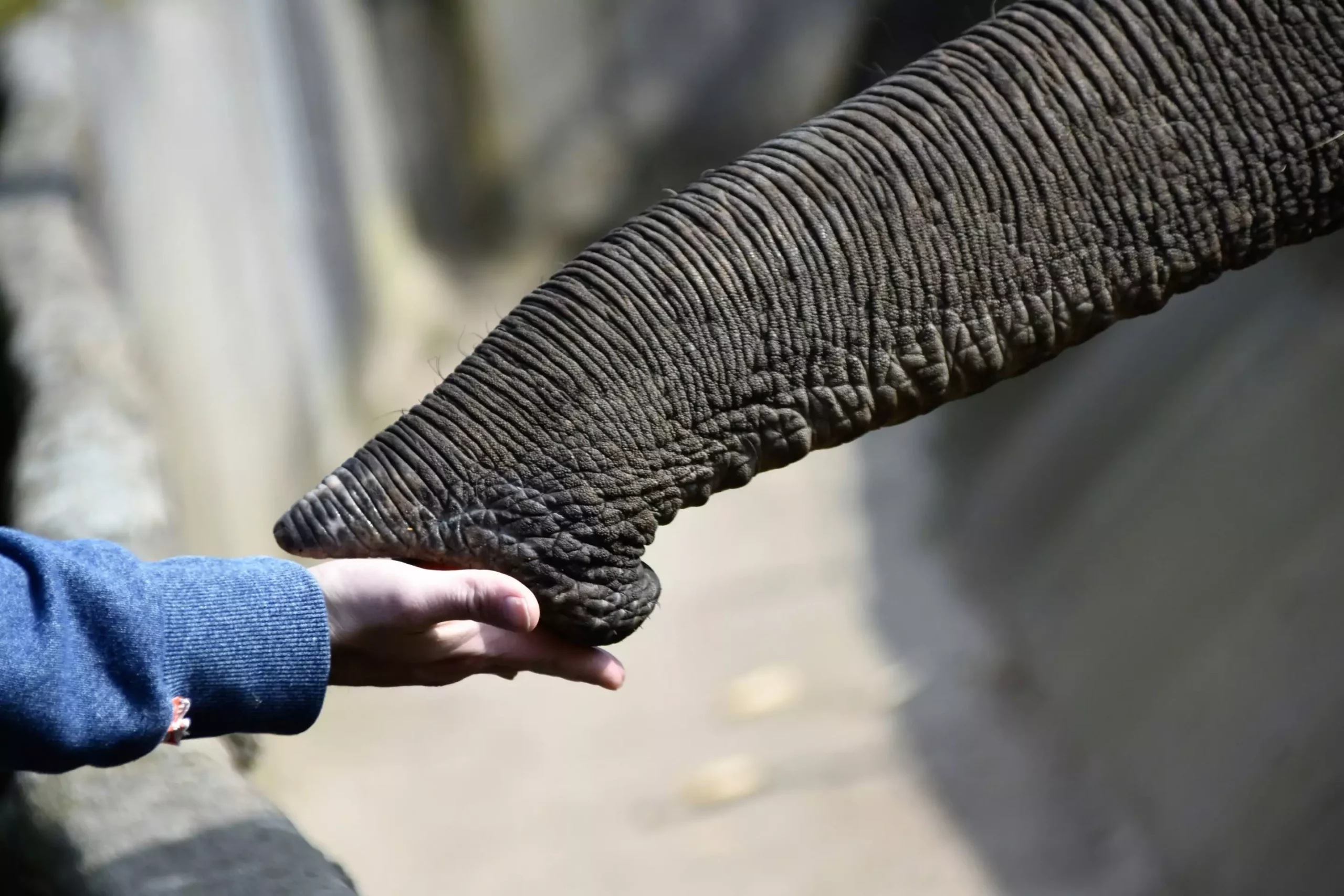The trunk of an elephant is a remarkable organ that serves a multitude of functions. From eating and drinking water to social interactions and tool usage, the elephant’s trunk is a versatile tool that showcases incredible strength and precision. The trunk consists of six muscle groups, allowing the elephant to exert significant force when needed, such as uprooting trees. Additionally, the trunk can manipulate objects with great accuracy using various techniques like suction, pinching, and wrapping around objects. This level of dexterity and control is a testament to the evolutionary design of the elephant’s trunk.
A group of scientists, led by researcher Pauline Costes, conducted a study to determine the maximum pinching force exerted by the tip of an African savannah elephant’s trunk. Unlike previous studies that focused on the force exerted by the entire trunk, this research specifically honed in on the strength of the trunk tip. The researchers found that the elephant’s trunk is predominantly made up of muscles, lacking any rigid bones, which allows for exceptional power and sensitivity. By studying the two finger-like protuberances at the tip of the trunk, the researchers were able to measure a maximum pinch force of 86.4 Newton, highlighting the precision with which elephants can grasp objects.
The findings from this research have significant implications for the field of robotics, particularly in the development of soft grippers inspired by the elephant’s trunk. Bio-inspired technology aims to mimic the flexibility and functionality of natural biological tissue, with the elephant’s trunk serving as a model for grasping and manipulation. The ability of elephants to grasp objects with high precision, albeit with less force, can inform the design of soft grippers for robots, enabling them to handle delicate or irregularly shaped objects in various environments.
Soft robots equipped with grippers inspired by the elephant’s trunk have the potential to revolutionize several industries. In the medical field, robots could be used for minimally invasive surgical procedures, while in industries like manufacturing, fragile objects on production lines can be handled with care. Additionally, research and exploration can benefit from robots capable of navigating challenging environments, and agriculture could see improved harvesting techniques for delicate fruits and vegetables. The adaptability and versatility of soft grippers pave the way for innovative solutions across different sectors.
Beyond the realm of robotics, the study of an elephant’s trunk grasping techniques contributes to conservation efforts for these majestic animals. Understanding how elephants interact with their environment, particularly in relation to vegetation density and habitat size, can aid in conservation strategies. As climate change continues to impact elephant habitats, this knowledge becomes crucial in predicting and mitigating the effects on their feeding behavior. By unlocking the mysteries of an elephant’s trunk, researchers can not only improve robotic technologies but also contribute to the preservation of these iconic creatures.


Leave a Reply